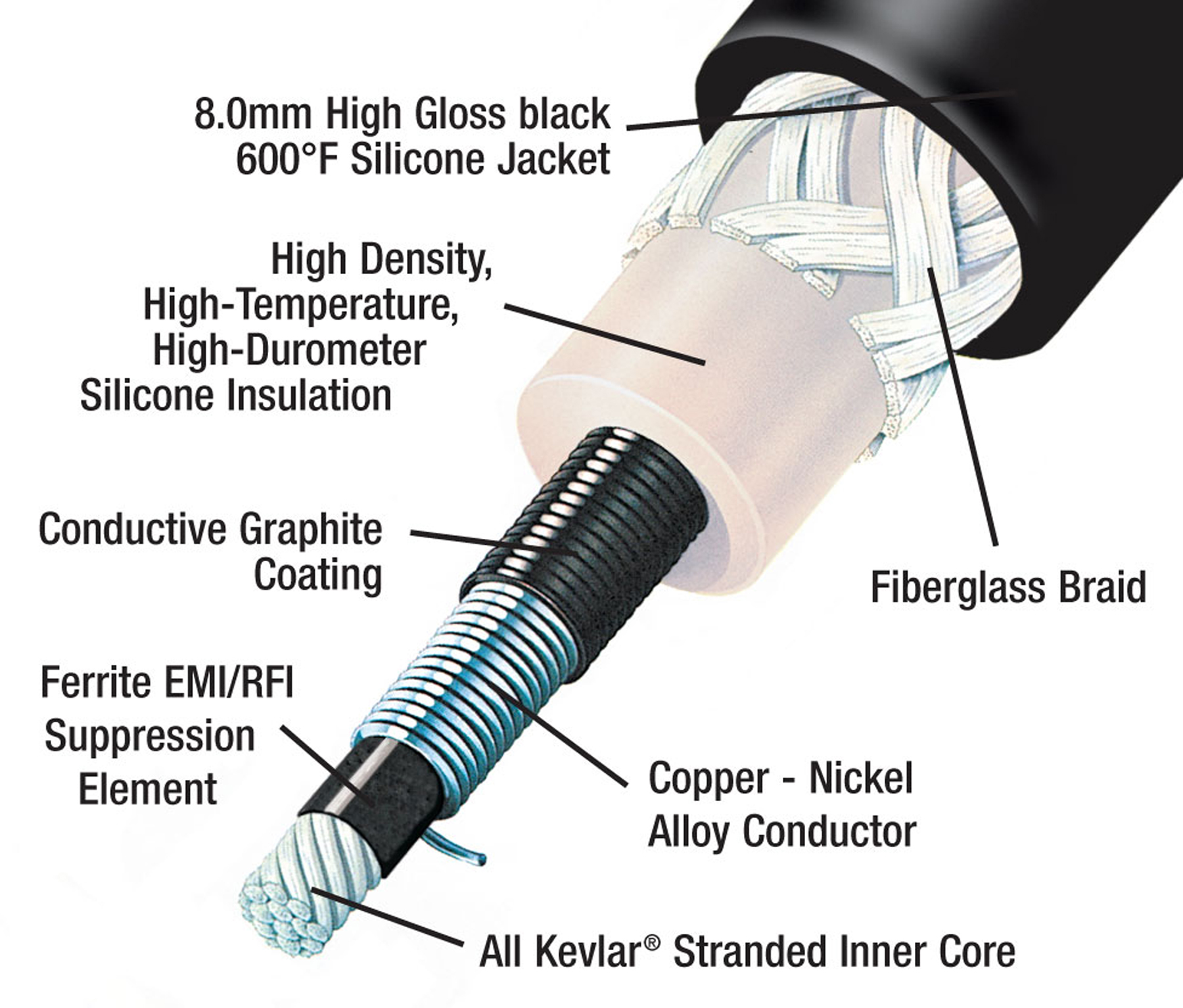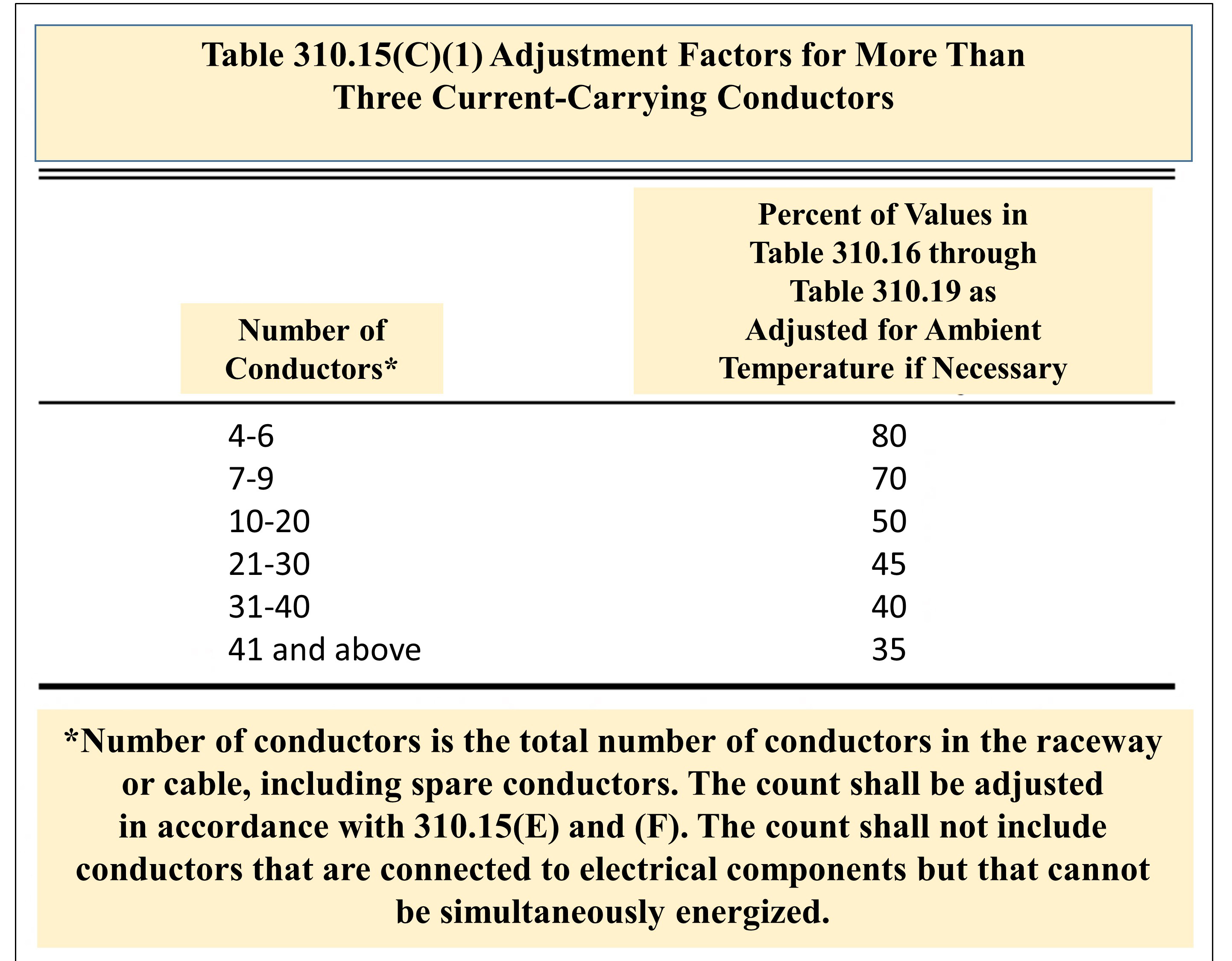@clearthinker it would be impossible to confused your intelligent reasoned posts with the self indulgent ignorant drive-by insults of the poster who shares a similar name. Don't worry, they appear to work on a lunar cycle and should go dark shortly. You know what they say about full moons?
Showing 14 responses by deludedaudiophile
No matter how often you repeat something wrong it does not become right. At DC the stranded wire will be within 5% of the solid wire. That is by design. As the frequency goes up you either have inductance which will be the same for both or skin effect. The skin effect will be less for the stranded so it will by any measure be able to handle transients better though being realistic for a power cord they will be the same. That's real physics not the made up stuff you are typing. |
This caught my eye. It could have to do with their short term power output of 6,000 watts (claimed). The connectors they use are nothing but simple brass. No fancy materials, no fancy plating, just brass. They seem okay with that. |
@williewonka people believe all kinds of crazy things even that the earth is flat because they trust their senses. How does that work out? Stranded wire same gauge as solid is typically within 5% of the equivalent solid gauge. The don't have the same exact diameter. 5% is not going to make a difference in sound. |
@williewonka , that is pretty much all fake science, even this statement:
Having bought enough wire for experiments, test fixtures, etc. I know to be wrong. Differences between solid and stranded will be perhaps 5%. Regular copper is used for GHz signals. It does not get any more dynamic than that. Please explain how it could be possible that a conductor formulation, suitable for GHz signal conduction, will struggle with the limited bandwidth coming out of my wall socket. Given all the questionable EMI/RFI issues raised, it should be a significant benefit to be "less dynamic". A dielectric discussion for a power cable is at best a fantasy distraction. I am not an EE (okay Physics), but it took me about 5 minutes to discover that the source resistance of my AC plug is typically << 1 ohm. If my power cable is 10nF, that is > 10MHz. My AC cord could be used to transmit AM radio with ease. I don't think you could do the math that this matters in any practical fashion for my speaker cable, or even an interconnect. For power cords? The live and neutral connect together in the transformer or other components in my gear. How does spacing out live and neutral reduce noise? That does not make sense. This is the problem in the audiophile world. Too many people read things without the background to know there is no way it can be true, and then they tell 10 other audiophiles, and so on, and so on.
|
If you mean that helix @williewonka , you appear to have made an air core inductor. If it does not work out for audio, maybe you can use it for your car?
|
That does not make any sense. From a circuit standpoint, live/neutral, whether you place in the live or neutral makes no difference. There is still an inductor in the circuit loop delivering current. Reading what other technical cable vendors have written, it is best to keep ground and neutral at the same potential. |
Light is not the word I was thinking of. I have a term for this, a twist on an old standby. It is highly applicable to audio it seems, but happens often with academic types. I call it,
When you can't put forth a clear and concise argument directly relatable to the topic in discussion to advance your argument, your start throwing out all kinds of technical terms, equations, etc. that sound really impressive, and on the surface seem important. It is often effective on the spot, because refuting it takes time to digest what is being said, but once you do, you realize that nothing about what they said was relevant. That appears to be the case in what I quickly skimmed in the linked articles. It sounds really brilliant, and it would baffle most audiophiles who would think "this guy really knows his stuff". Perhaps he does. However, in the context of our hobby, it is worthless information meant to advance a sale, while not actually providing any relevant basis for even being in the discussion. Case in point, it worked on you. |
I had to consult with an EE but this took about 5 minutes to "debunk", or at least clarify. Here is the key point that you appear to have missed:
That derating had nothing to do with stranding. It has to do with individual insulated wires being used in a cable, not single wires. It would apply to two solid insulated wires or two solid stranded wires equally. Basically your whole premise is founded on incorrect interpretation of a chart. Here is a link he sent w.r.t. the electrical code which mimics your chart approximately. He expect those numbers you linked are from an old electrical code.
|
@kijanki that is a good point. I am normally dealing on much smaller scales, so don't naturally think of these things. From a pure extracted parasitics view, spacing out the conductors will cause the inductance to go up which will soften power peaks. That may be beneficial for noise. Having an air dielectric will slightly reduce capacitance, but for a power cable, that would be a detriment. The claimed benefit appears to be around reduced dielectric absorption which would be an irrelevant parameter for a power cable, or speaker cable. Back of envelope suggests it would be irrelevant for any cable in audio due to the comparatively low source or load impedances. It has criticality in some electronics, where very high impedances are used. |
Now @clearthink , in another thread I said I was not an acoustics expert, which I am not, but I said my physics are above average. Significantly above average would be more correct. Now I will ask kindly that you stop the drive by insults that are humorous, but also annoying and distracting to the thread. I am quite certain I grasp the "facts" to a far greater degree than you, and if you would like to challenge your physics knowledge to mine, I am up for it. Formulas at 20 paces? |
I could provide you a thousand links the earth is flat, and I am sure 100's of thousands more that support things that are wrong. I provided a decisive explanation for why your belief was wrong and how you misinterpreted a technical website to reach the same conclusion. Stranded wire is the primary method by which skin effect is reduced. At low frequency and DC solid has a marginal advantage due to slightly larger conductive cross section. At upper audio frequency's stranded wire will carry more current and heat up less due to reduced skin effect. These are well known and we'll established causes and effects. In terms of noise for audio, that is made up with no supporting evidence. I can't refute made up any more than you can provide evidence to support it. In terms of corrosion this seems valid for bare copper but once a connection is soldered or properly attached to a connector this would go away. There are also wire coatings that don't tarnish. Your key points for cable design all sound important but they are akin to witches brew. There is no basis in them. The helical construction is an inductor. I would not be surprised if adding an inductor to the signal path didn't change the sound. That's not a mystery. |





